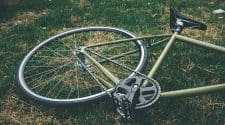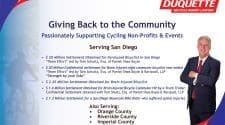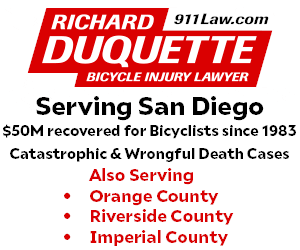Being hit by a car while cycling is a terrifying experience that can leave a person feeling disoriented and unsure of what to do next. In such a moment, it’s essential to stay as calm as possible and follow specific steps to protect your health and legal rights. This guide will walk you through the actions to take if you’re ever involved in an accident on your bike, covering everything from immediate safety measures to the long-term steps needed for a full recovery.
1. Check for Injuries and Get to Safety
The priority after a collision is to check yourself for any obvious injuries. Adrenaline can mask pain, so be mindful of how your body feels. If you’re capable, move yourself out of the road to avoid further danger. If you are severely injured and can’t move, try to signal to bystanders for assistance. While it may feel instinctual to get up quickly, pause and ensure you can move without risking further injury. Even if you feel fine initially, remember that some injuries may not be immediately apparent.
2. Call Emergency Services
Even in what seems to be a minor accident, it’s important to call emergency services to report the incident. Dial 911 or the local emergency number to summon police and medical assistance. A formal police report is often crucial if you need to make an insurance claim or seek compensation later. Additionally, having medical personnel on the scene can help document any injuries and provide immediate treatment if necessary. Never skip this step, as it ensures an official record of the accident and any visible injuries.
3. Gather Information and Document the Scene
If you’re physically able, begin gathering information at the scene of the accident. Get the driver’s contact details, including their full name, phone number, driver’s license number, and insurance information. Take photos or videos of the accident scene, your bike, and any visible injuries. Try to capture the road conditions, weather, and traffic signs in your photos, as these details could be significant later on. Additionally, if there are any witnesses, ask for their contact information and statements about what they saw. These can help strengthen your case if you need to file a claim or pursue legal action.
4. Consult a Personal Injury Attorney
If the accident resulted in significant injuries or financial loss, consulting a personal injury attorney can be helpful. A specialized attorney, experts from JebailyLaw explain, can help you understand your rights and negotiate with insurance companies or even represent you in court if necessary. Many personal injury attorneys offer free consultations and work on a contingency basis, meaning they only get paid if you win your case. Legal support can be crucial in ensuring fair compensation for medical bills, lost wages, and emotional suffering caused by the accident.
5. Seek Immediate Medical Attention
Even if you feel well enough to go home, it’s critical to seek medical attention as soon as possible after the accident. Injuries such as concussions, soft tissue damage, or internal bleeding can be delayed in showing symptoms. Visit a hospital or a healthcare provider to get checked thoroughly and to document your injuries. This medical documentation is also vital if you need to file an insurance claim or pursue a lawsuit, as it establishes a direct link between the accident and your injuries. Follow up with any recommended treatments and keep records of all medical visits.
6. File an Accident Report
Once you’re safe and have received medical care, make sure that an official accident report is filed. This report is typically filed by the police, but you may need to follow up to ensure it is done accurately and promptly. Check that the report includes your statement and correctly describes the circumstances of the accident. This document is essential for insurance claims and any legal action you might take, as it provides an objective account of the event from law enforcement.
7. Notify Your Insurance Company
Regardless of who was at fault, notify your insurance company about the accident. They will guide you on the steps necessary to start the claims process and provide instructions on the documentation they require. Even if you don’t believe the accident was your fault, informing your insurer helps protect your rights in case the other party’s insurance company denies responsibility. Some auto insurance policies cover bike accidents, and if the driver was uninsured, your insurance could offer some coverage as well.
8. Document Your Recovery
Keeping detailed records of your recovery process can be beneficial for any future compensation claims. This includes documenting all medical visits, treatments, prescriptions, and therapy sessions related to the accident. Track any days missed from work and any changes in your daily life caused by your injuries. Such records provide essential support if you need to negotiate a settlement or go to court. A detailed record of your pain, discomfort, and any disruptions to your routine helps convey the full impact of the accident on your life.
Image by Ina Hoekstra from Pixabay
9. Follow Up on Mental Health
An accident can leave lingering emotional impacts, such as anxiety, depression, or even post-traumatic stress. Don’t hesitate to seek support for any psychological distress you experience. Talk to a mental health professional who can help you process the trauma and regain confidence in cycling if you wish to return to it. Recovering from an accident isn’t solely a physical journey—addressing mental well-being is equally important for a full recovery.
Being hit by a car while cycling is an overwhelming experience, but knowing what steps to take can make all the difference in the aftermath. By prioritizing safety, seeking medical attention, and documenting every detail, you can protect your rights and set yourself on a path to recovery. With the right support and actions, you can navigate the challenges and focus on healing after such a traumatic incident.
Top photo Image by Pexels from Pixabay





















